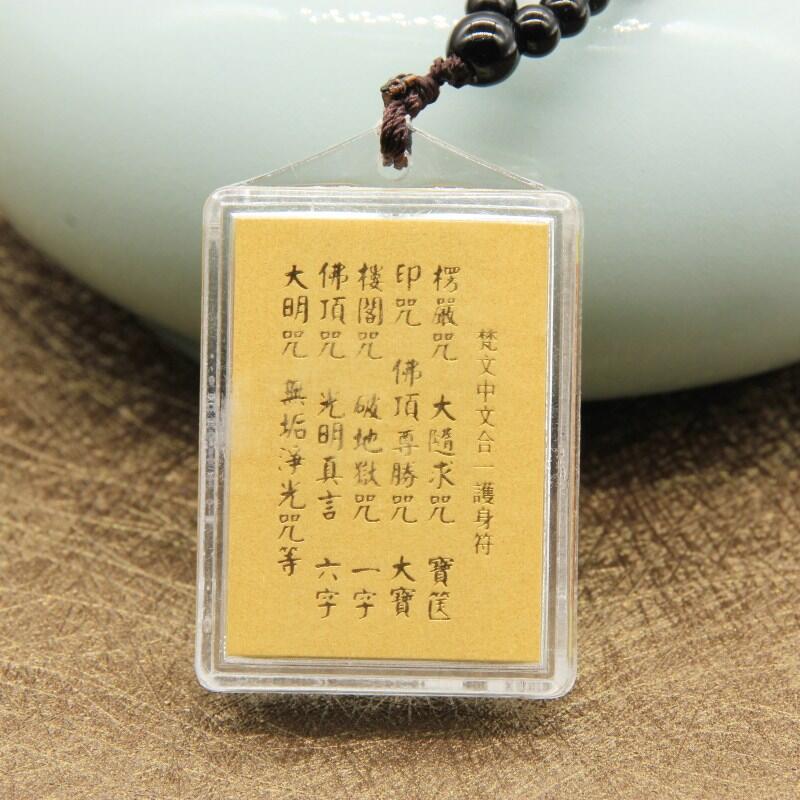

It is not brittle and is rightly concentrated for the ending of the effluents. But when the mind is freed from these five defilements, it is pliant, malleable, & luminous. “Sensual desire, ill will, sloth & drowsiness, restlessness & anxiety, and uncertainty: These are the five defilements of the mind, defiled with which the mind is neither pliant nor malleable nor luminous, but brittle & not rightly concentrated for the ending of the effluents. “In the same way, monks, there are these five defilements of the mind, defiled with which the mind is neither pliant nor malleable nor luminous, but brittle & not rightly concentrated for the ending of the effluents. Then whatever sort of ornament one has in mind-whether a belt, an earring, a necklace, or a gold chain-it would serve one’s purpose. It is not brittle and is rightly fit for work. But when gold is freed from these five defilements, it is pliant, malleable, & luminous. “Iron, copper, tin, lead, & silver: These are the five defilements of gold, corrupted with which gold is neither pliant nor malleable nor luminous, but brittle & not rightly fit for work. “Monks, there are these five defilements of gold, defiled with which gold is neither pliant nor malleable nor luminous, but brittle & not rightly fit for work. Usually Buddha will say a sutra first and within the sutra one can find a mantra, but for the Surangama Sutra and the Surangama Mantra, it was the mantra that came first and the sutra came after. He used the mantra and brought Ananda out of the spell. He found Ananda still under trance and about to break his vow of celibacy or no sexual misconduct. This monk went to the house, and use the spell. He also gave this particular monk a mantra, which he is to use to protect himself from the black magic of the prostitute’s mother and for him to break the spell of which Ananda is under. Ananda approached her, and she gave him something to drink and immediately Ananda fell under her spell, she then start to lead Ananda to her room.īuddha being enlightened knows what’s happening and immediately send a monk to go and pick up Ananda. As a monk and disciple of Buddha, Ananda has a strict vow that he cannot refuse any offering even if it has a poison. Armed with some potion and magical incantation, the prostitute waited for Ananda the following day, Ananda wanted to avoid the prostitute but she called on him and told him that she wants to make an offering to Ananda. So the prostitute decided to ask for her mother’s help who is said to be very good in practicing black magic. Ananda, being a disciplined and devout monk didn’t fell for the prostitute’s evil plan. The prostitute upon seeing Ananda fell in love with Ananda, and concocted a plan to entice him right there and then. Ananda had second thoughts but thinking about Buddha’s teaching that one must not discriminate he knock on the door to ask for food. Ananda is the Buddha’s cousin, who is also a royal prince, and later on became a disciple and personal attendant of the Buddha.Īnanda is said to be very handsome and one day while he was out to beg for food (something that they do every morning), he came across a prostitute’s house. The article also explores the foundational years of collecting Chinese art in the West by individuals such as the sinologist Berthold Laufer, as well as other scholars of Chinese art, as they began to understand the shield-shaped pendant's origin as a Han-dynasty artifact and to explore its significance.So that is where I like to start. This type of jade pendant resurfaced in the Song dynasty, but its most significant resurgence is during the Ming and early Qing dynasties, although by then its decorative features, as recorded in illustrations in books, appear to be more important than its use in burials. The typology of the pendant and its surface decoration are analyzed. The development of the type is examined through its appearance in tombs dating to the early Western Han through the end of the Eastern Han and extending into the immediate post-Han period.

This article focuses on a small, shield-shaped (or “heart-shaped”) pendant frequently found near the deceased. Objects carved of jade often were placed in Han-dynasty burials of people of high rank.


 0 kommentar(er)
0 kommentar(er)
